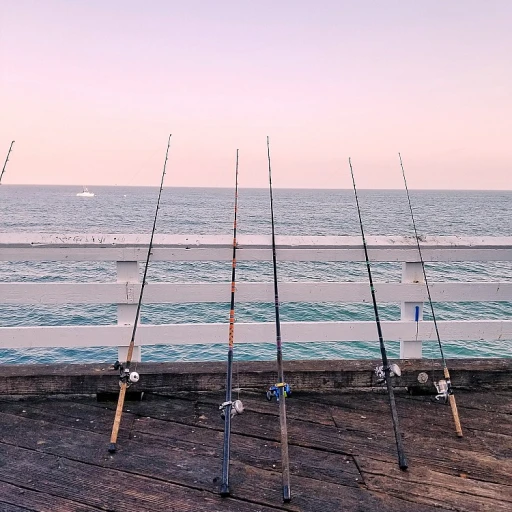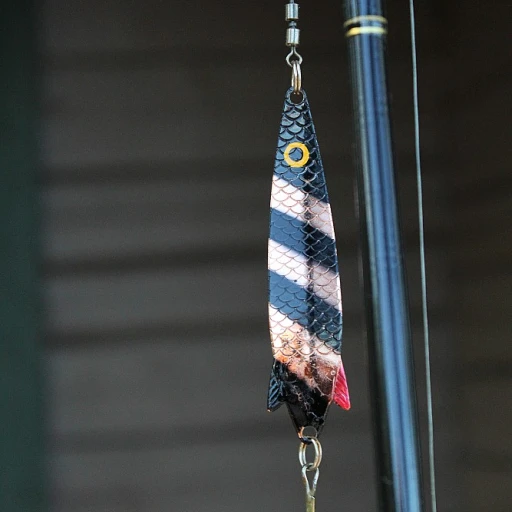
Understanding channel catfish
Channel catfish: an overview
Channel catfish are a popular choice for recreational fishermen across the United States. They're known for their adaptability, found in a variety of water bodies from rivers and lakes to ponds. These fish are easily identified by their forked tail, smooth skin, and barbels around the mouth that resemble a cat's whiskers. They're not just fun to catch; they're also tasty, making them a favorite for both hobbyists and competitive anglers.
Channel catfish typically grow to an average size of 2-4 pounds, but certain conditions can lead to some truly massive specimens. The biggest channel catfish ever caught weighed in at an impressive 58 pounds, 0 ounces. This record fish was caught by Ken Paulie in the Elk City Reservoir, Kansas, back in 1964, and it remains unbeaten to this day. Paulie’s catch has stood the test of time, showcasing just how elusive and challenging catching a channel catfish of that size can be.
For context, channel catfish can live up to 15-20 years in the wild, allowing them ample time to grow to significant sizes under the right environmental conditions. They primarily feed on insects, crustaceans, and smaller fish, which can often be mimicked with various fishing baits, making them a versatile catch.
When we think about fishing techniques or environmental impacts, it's fascinating to note the differences between channel catfish and other types, like blue catfish or flathead catfish. Part 4 will delve into these comparisons, showcasing how various species require different strategies and understanding. We'll also look into famous fishing locations, whether you're casting your line in the Mississippi River, Missouri River, or even Buggs Island Lake (also known as Kerr Lake).
Understanding these fish’s behavior and habitats can offer a rewarding experience not only in landing that big catch but also in witnessing first-hand the exciting chase of one of the most coveted fish in the United States.
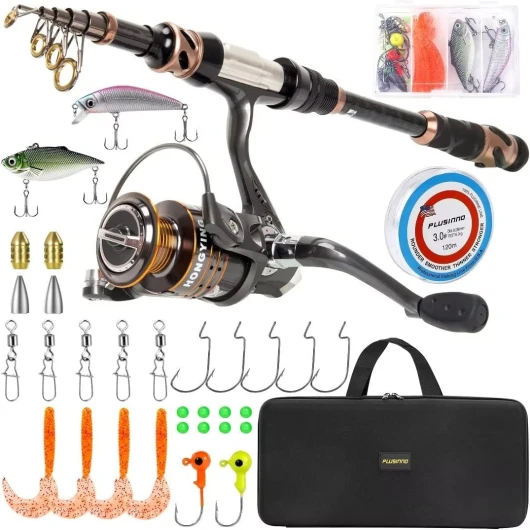
- + Carbon Fiber construction for lightweight and durability
- + Telescopic design for easy transport
- + 12 + 1 Shielded Bearings for smooth operation
- + Stainless Steel BB for rust resistance
- + Includes carrier case for storage
The record-breaking catch
Unveiling the largest channel catfish ever
When it comes to fishing records, the biggest channel catfish ever caught holds a special place. On July 7, 1964, the fishing community buzzed with excitement as Ken Paulie of Kansas dropped the record-breaking line into the Elk City Reservoir. Weighing in at an impressive 58 pounds, this massive channel catfish redefined what anglers thought possible. Verified by the International Game Fish Association (IGFA), Paul's massive catch measured 52 inches long with a girth of 28.75 inches.
Paulie's achievement didn't just break records; it set new benchmarks for what avid fishers target across the United States. Channel catfish, known for their unique forked tail and spotted body, have become a prize catch in rivers and lakes from South Carolina to Missouri. Paulie shared that the secret to his success was a simple concoction of chicken livers as bait – a common choice that proved extraordinary on that fateful day.
It's worth noting that the largest blue catfish caught also holds a legendary place in fishing history. On June 18, 2011, Nick Anderson snagged a gigantic blue catfish weighing 143 pounds in the Buggs Island Lake, also known as Kerr Lake. Anderson's giant measured 57 inches long, with an awe-inspiring girth of 47 inches. Verified by the IGFA, Anderson’s phenomenal catch highlights the potential of Buggs Island as a prime fishing location.
These record-breaking catches have inspired countless anglers across the nation. From the Mississippi River to Lake Moultrie, fishers eagerly chase the dream of landing a new record catfish. The unique thrill of breaking a tackle record or even just bringing in a big one invigorates the fishing community.
Still, landing such a catch doesn't come without some controversy. Some debate whether the environment, bait, or sheer luck played the biggest role. Despite varying opinions, the tales of Paulie and Anderson emphasize the unpredictable allure of fishing.
So next time you're out on the water, remember the day Paulie and Anderson set their records. Who knows? Maybe you'll be the one to make the headlines with your own monumental catch.
Fishing techniques for channel catfish
Popular baits and tackle setups
when you're looking to catch the biggest channel catfish ever caught, choosing the right bait and tackle is essential. Anglers swear by a variety of baits, but the most effective ones often mimic the natural diet of catfish. Fresh cut baits like shad and bluegill along with stink baits are very popular choices. Live baits are also highly effective, including nightcrawlers and minnows. According to Ken Paulie, a renowned catfish expert from Kansas, ‘Using live or fresh cut bait is almost always a winning strategy for landing big catfish.’
Tackle setups play a significant role too. Fishing rods should be heavy-duty, capable of handling the weight and strength of a large catfish. Most anglers prefer medium-heavy to heavy action rods paired with strong reels. The line should be at least 20-30 pounds test to withstand the fight. Circle hooks are recommended for their higher hook-up rates and reduced fish mortality. In states like Missouri and South Carolina, where big catfish are commonly found, this setup is almost a staple among anglers.
Fishing techniques: where and when to fish
Understanding the behavior and habitat of channel catfish can greatly improve your chances of catching a record-sized fish. Catfish are nocturnal creatures, most active during the night. Fishing during twilight or nocturnal hours can significantly increase your success rate. In rivers like the Mississippi River and reservoirs such as Buggs Island Lake and Elk City Reservoir, channel catfish often inhabit deep holes, underwater ledges, and areas with heavy underwater structures.
Fishing during spawning seasons, usually in late spring to early summer, is another effective strategy. During this period, catfish move into shallower, warmer waters to spawn. For example, in the United States, lakes like Lake Moultrie and rivers like the Missouri River are known hotspots during these times. Expert angler Nick Anderson emphasizes, ‘Understanding the seasonal patterns and behaviors is crucial for locating where large channel catfish congregate.’
Digital tools for modern fishing
In today’s tech-driven world, digital access to fishing tools and applications can be a game-changer. Platforms like Google LLC Maps can help you locate potential fishing spots, while apps specifically designed for anglers provide real-time weather updates, water conditions, and even community-shared fishing reports. According to research from the International Game Fish Association (IGFA), anglers who leverage digital tools tend to have higher success rates.
Using GPS and fish finders can pinpoint underwater structures where channel catfish are likely hiding. Additionally, mobile apps provide an overview of local regulations and even tips from fellow anglers. Veteran fishermen swear by these tools, which offer real-time data on factors such as water temperature and depth—both critical for targeting big catfish.
Tackling record-breaking catfish
Landing a record-breaking channel catfish isn’t just about luck or the right gear; it’s about patience and technique. When you hook a large catfish, keeping the tension steady is key. Allow it to tire itself out while controlling the drag to avoid snap-offs. Remember, catfish are strong and will put up an extended fight. According to seasoned Missouri angler Ken Paulie, ‘Patience and steady pressure are the keys to successfully landing a massive catfish, especially when fishing for a potential state record.’
Another critical aspect is measuring the catch accurately. Organizations like the International Game Fish Association stress the importance of proper documentation when claiming a record. Make sure to measure the length inches and the girth inches of your catch precisely and have reliable witnesses if applicable. Always follow local regulations and record the weight pounds length to ensure your catch is legitimate.
Comparing catfish species
Blue and channel catfish: what's the difference?
Blue catfish and channel catfish are two of the most sought-after species by anglers in North America. While both types of fish are popular, they have distinct characteristics and habitats. Blue catfish, scientifically known as Ictalurus furcatus, are native to the Mississippi River drainage but can also be found in other U.S. rivers, reservoirs, and lakes, like Kerr Lake and Buggs Island Lake. They have a blue hue on their sides and back, with a white belly. One characteristic that sets them apart is their size. Blue catfish can grow to massive sizes, with the biggest blue catfish ever caught weighing 143 pounds. This giant, caught by Nick Anderson at Buggs Island Lake in Virginia, measured 57 inches long and had a girth of 47 inches (International Game Fish Association). Channel catfish, or Ictalurus punctatus, are widespread across the United States. They’re known for their forked tail, rounded anal fin, and spots when younger. The largest channel catfish ever recorded by the IGFA was caught by Ken Paulie in the Elk City Reservoir, Kansas, weighing 58 pounds.Flathead catfish challenges
The flathead catfish (Pylodictis olivaris) is another significant player. Found primarily in large rivers and lakes like the Missouri River and Lake Moultrie, flathead catfish are characterized by a broad, flathead, hence the name. Known for their aggressive nature, flatheads grow sizable too, with some record catches reaching up to 123 pounds in girth and length.Catfish fishing using different baits
When it comes to fishing techniques, channel and blue catfish prefer different baits. Anglers often opt for live baits like shad, herring, and crayfish for blues, whereas channel catfish are more likely to bite on prepared stink baits, dip baits, and chicken liver. Understanding the preferences and behaviors of each catfish species is crucial for a productive catch.Wels catfish and the global scene
Catfish aren’t just a North American highlight. The Wels catfish (Silurus glanis) in Europe steals the show in foreign waters, recognized for its monstrous size and aggressive demeanor. Anglers worldwide flock to rivers like the Ebro in Spain, aiming to catch these mammoth fish, some weighing upwards of 200 pounds. Each catfish species provides a unique set of challenges and rewards for anglers, highlighting the diversity and fascination within the fishing community. Whether it's the immense size of a blue catfish or the aggressive bite of a flathead, fishing enthusiasts have ample opportunities to test their skills and aim for that record-breaking catch.Famous fishing locations
Famous fishing spots to land a big catfish
If you're aiming to break catfish records yourself, knowing the right locations is half the battle. Across the United States, certain lakes and rivers have earned their fame as prime catfish fishing hotspots.
Mississippi River: This massive river is renowned for its robust population of blue, channel, and flathead catfish. Anglers often head to its deeper stretches, where monster fish lurk, waiting for the right bait.
Buggs Island Lake (Kerr Lake): Shared by Virginia and North Carolina, this spot is legendary in the catfish community. Buggs Island produces gigantic blue catfish, much like the 143-pound beast caught by Nick Anderson. The lake's reputation is further cemented by its frequent appearances in fishing records.
Elk City Reservoir, Kansas: When Ken Paulie snagged his 38-pound channel catfish here, he put this Kansas fishing spot on the map. Its vast waters are home to many big channel catfish, making it a top destination for serious anglers.
Lake Moultrie, South Carolina: Known for its large flathead catfish, Lake Moultrie offers excellent fishing opportunities. The lake's structure, with many submerged trees and channels, provides an ideal habitat for these bottom dwellers.
Missouri River: The river's dynamic ecosystem supports a thriving population of big catfish, including significant numbers of flathead and blue catfish. Stretching through the Midwest, the Missouri River's catfish are known for their size and strength.
Virginia's James River: Particularly noted for its blue catfish, the river boasts some of the best fishing spots on the East Coast. With big catfish frequently pulled from its waters, it's a destination to keep on your radar.
Case study: nick anderson's record blue catfish
Nick Anderson made headlines when he caught a massive 143-pound blue catfish at Buggs Island Lake. This extraordinary catch underscored the lake's status among catfish angling circles. His experience, along with the techniques used and environmental conditions on that fateful day, offers valuable insights for aspiring record-breakers.
According to sources, Anderson used cut shad as bait—a common choice among pro anglers targeting large blue catfish. The fish was caught in a deeper section of the lake, highlighting the importance of location and bait in chasing these giants (Stripes).
Digital tools for anglers
In recent years, technology has revolutionized how we fish. Digital access to weather forecasts, water conditions, and fish activity patterns has made planning a fishing trip more precise and effective. Tools like fish finders and mobile apps provide real-time data to optimize your chances of catching a big catfish.
Google LLC's various services, from detailed maps to weather predictions, can significantly aid in planning your fishing expedition, ensuring you have the right gear and are prepared for the local conditions (Google LLC).
Expert insights and tips
Exclusive tips from top fishing pros
For any angler serious about capturing the biggest catfish ever caught, expert advice is a treasure trove of knowledge. Let’s tap into the insights shared by some renowned names in the field of catfish fishing. Ken Paulie, who holds the record for the biggest channel catfish ever caught, often emphasizes the significance of choice in bait. He's been quoted saying, “It’s all about the bait. Choose wisely, and the catfish will come to you.” This rings true for many seasoned anglers who swear by lively, smelly baits like nightcrawlers, chicken liver, and cut shad.Nick Anderson, known for his record blue catfish catch from Buggs Island Lake, provides a fascinating look into the methods that can make the difference. His secret? “A strong line and patience. Don't rush. Let the catfish fight and tire themselves out,” Anderson shared in an interview with Outdoor Life Magazine. This approach not only ensures the security of the catch but also the preservation of the fish’s strength and health.
The mind game: Patience and prep
Virginia is home to many fishing aficionados who reiterate the importance of mental preparation. Ray Singleton, a regular at the Kerr lake and famous for his monster catfish catches, says, “Fishing isn’t just about skill; it’s a mind game. Be patient and prepare meticulously.” This means having your gear prepped, for instance, ensuring your tackle is suitable for the type and size of catfish you’re targeting, particularly when aiming for record catfish status.Local legends and tricky waters
Fishing in the Elk City Reservoir or the Missouri River comes with its own set of tales and tips. Local heroes swear by tracking weather patterns and moon phases. For instance, old-timers in South Carolina believe that fishing post-rain increases the chances of landing a big one. They claim it’s because the rain washes insects and debris into water bodies, attracting fish.Robbie Syalis, a Missouri native, shares, “You gotta respect the waters. Knowing the local legends and reading up on past catches can guide your fishing trips.” His insights often draw from IGFA records, local fishing reports, and digital access to fish tracking tools.
Mingling with technology
The use of technology in fishing has exploded. Apps like FishBrain offer digital access to fishing hotspots and community tips. “Tech is a game-changer,” says Emma Lozano, an emerging influencer in the fishing community from the United States. She frequently uses apps that measure catfish length inches, girth inches, and weight pounds to monitor and share her catches.Catfish anglers have always been a passionate bunch, often combining traditional techniques with modern insights. With the rising popularity of social media and platforms like Google LLC’s YouTube, the exchange of expert fishing techniques and tips is at an all-time high. So, grab your tackle, heed the pros, and maybe you’ll be the next to set a record!”}
The role of the International Game Fish Association
What's the IGFA and why it's important
When it comes to tracking the biggest channel catfish ever caught, the International Game Fish Association (IGFA) is the go-to authority. Founded in 1939, the IGFA sets the standard for sport fisheries worldwide, ensuring that fishing records are consistently maintained and authenticated. While some might take their claims with a grain of salt, their credibility is hard to ignore.
Record-keeping and certification
The IGFA goes the extra mile to validate any record-breaking catch. It’s not just a matter of size and weight; they rigorously inspect everything from the fishing rods to the bait used. This thorough vetting process keeps the sport honest. For instance, Ken Paulie's record-shattering blue catfish, caught at Elk City Reservoir in Kansas, was carefully measured, weighed, and documented before the IGFA could put their stamp on it (source: International Game Fish Association).
The current record holders
The longstanding record for the largest channel catfish ever caught was set by a 58-pound monster, measuring 52 inches in length and 32 inches in girth. This behemoth was hooked by Warren Tanner on the Missouri River, officially verified by the IGFA. Another titan is the 143-pound blue catfish caught by Nick Anderson at Buggs Island Lake, which remains one of the largest catfish ever certified (source: South Carolina Department of Natural Resources).
IGFA's role in conservation
Beyond tracking records, the IGFA is heavily involved in conservation efforts. They promote sustainable fishing practices to ensure that fisheries remain robust for future generations. Their 'Catch and Release' initiative is one such program, aimed at educating anglers on how to handle fish properly to maximize their chances of survival upon release.
Technology and digital access
The IGFA has also embraced digital technology to make record submission and verification more accessible. Through their online platforms, anglers worldwide can submit their catches, and the organization can quickly validate records. This digital access has broadened the scope of record-keeping, making it easier for more people to participate and thus bringing in more accurate data (source: Google LLC).
The future of catfish fishing
The evolving trends in catfish fishing
As we look ahead, the future of catfish fishing is all about adapting to changing environments, technological advancements, and evolving angler preferences. One of the biggest shifts is the growing popularity of catch and release, which aims to preserve large catfish populations for future generations. The International Game Fish Association (IGFA) has been actively promoting this practice, encouraging fishers to handle these creatures with care.
Tech innovations are playing a significant role too. For instance, digital access tools like fish finders and GPS systems are making it easier for anglers to locate big catfish. Ken Paulie, who caught the world-record channel catfish, would probably be amazed at the gear available now. These gadgets are not just improving catch rates but also fostering a learning curve for newbies by providing real-time data.
Sustainable practices and regulatory changes
Sustainability is another key focus. Various state regulations, especially those in Kansas, Missouri, and Virginia, are now more stringent about the types of bait allowed and the size of fish that can be kept. For example, the infamous Buggs Island Lake, where Nick Anderson caught the record blue catfish, has seen more rigorous monitoring by local authorities to ensure the lake's ecosystem remains balanced.
Organizations like the U.S. National Park Service are aiding in this endeavor by establishing protected areas like sections of the Mississippi River to help catfish populations thrive. There’s also a push towards promoting less invasive species like the flathead catfish to preserve native species.
The growing community and social impact
Finally, catfish fishing's community impact can’t be overlooked. Social media platforms, supported by companies like Google LLC, are providing platforms for anglers to share stories, tips, and even live videos of their record-breaking catches. This not only enhances the sense of community but also promotes best practices in fishing methods. And with the emotional and adventurous spirit of fishing, who wouldn't want to show off their Paulie-sized catch?
The future of catfish fishing is bright, promising more record-breaking moments and innovative approaches while maintaining the balance with our natural resources. For enthusiasts and beginners alike, understanding the trajectory of catfish fishing is as thrilling as the sport itself.

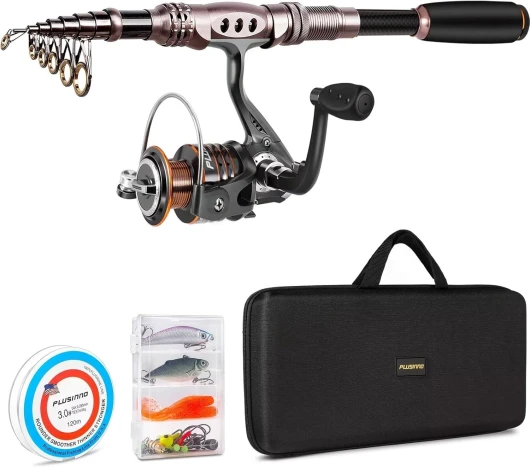
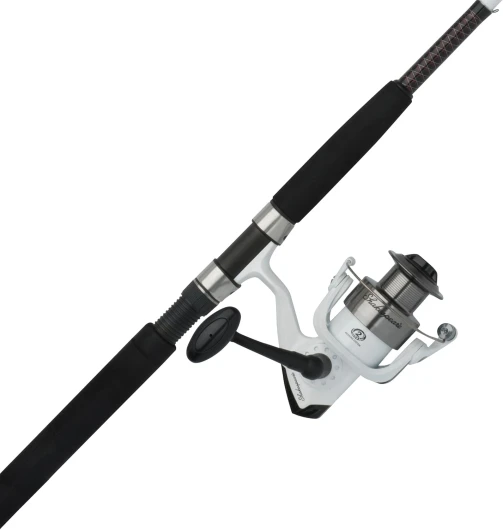
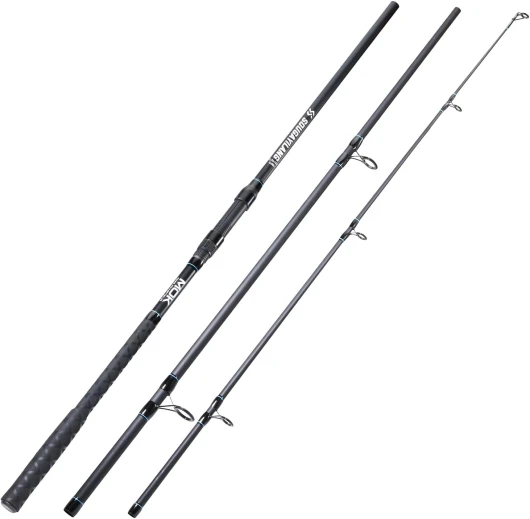
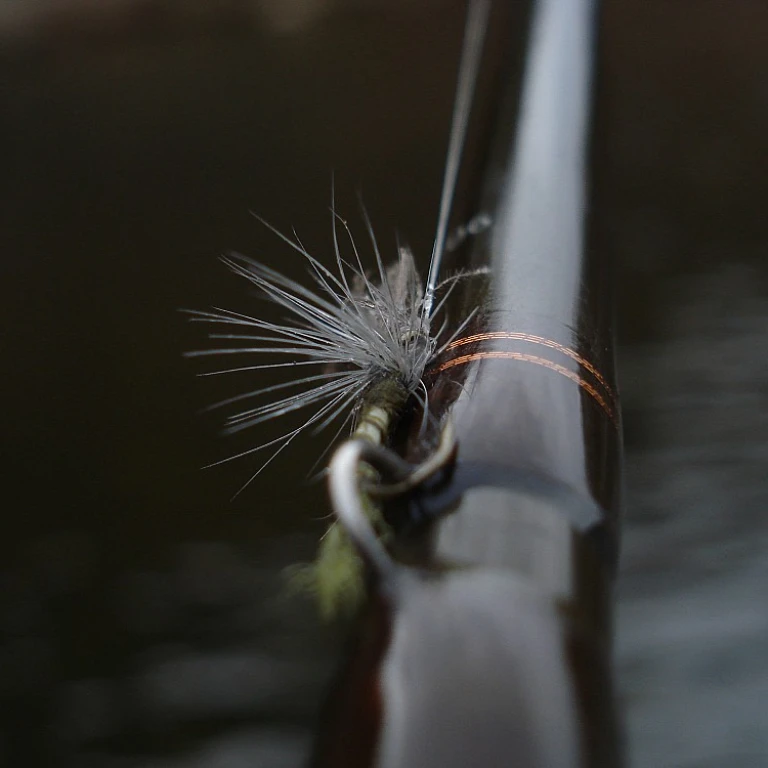


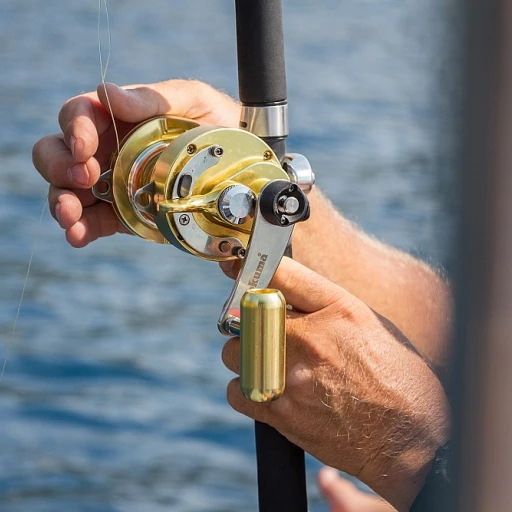
-large-teaser.webp)
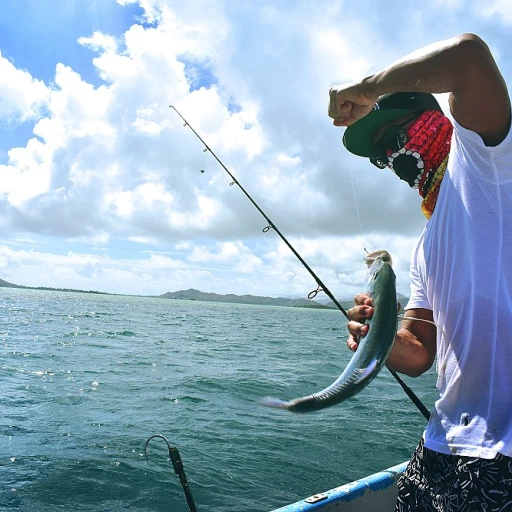
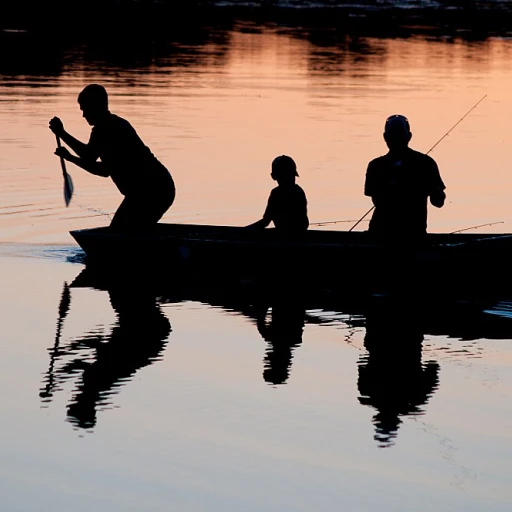
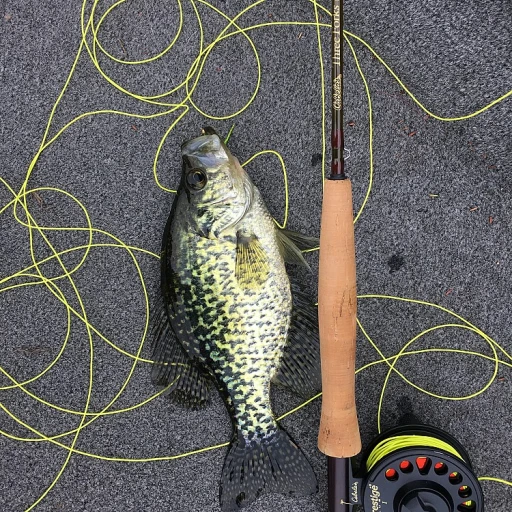

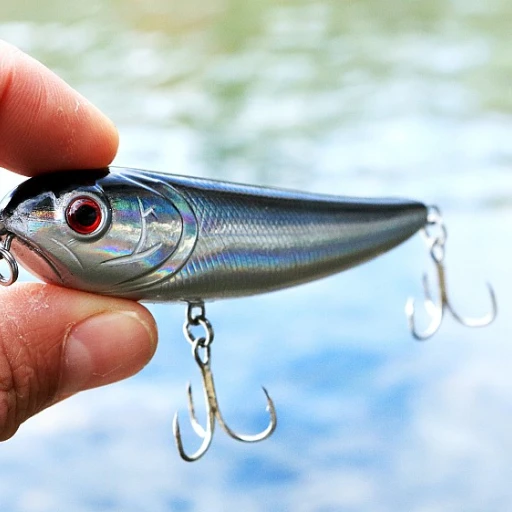
-large-teaser.webp)
